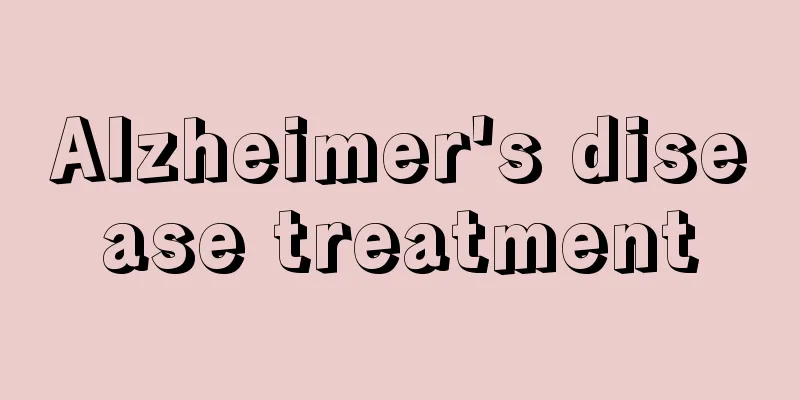How to treat urethral warts?

|
Urethral warts are a type of genital warts and are a common disease. Genital warts are caused by a viral infection. Wherever the virus spreads, warts will grow. It doesn't hurt or itch at the beginning, but as it grows bigger, it will become a little painful and the urine will split. The disease of urethral warts causes great distress to the vast majority of patients, making them suffer terribly. So, how to treat urethral warts? Urethral condyloma refers to the growth of condyloma in the urethra. The most common clinical depth is 1-1.5 cm away from the urethral opening. It is difficult for lesions to occur deeper than that. The symptoms of urethral warts include frequent urination, urgency, pain when urinating, changes in urine flow curve, etc. If the urethral lesions seriously involve the bladder, bilateral ureteral obstruction may occur, causing hydronephrosis, renal infection, and renal insufficiency. If the damage spreads to the pelvis, it may cause intestinal obstruction and lower limb edema. When the damage occurs in the anorectal area, there may be a feeling of distension in the anus, blood in the stool, difficulty in defecation, or pain during defecation. Western medicine: After local anesthesia with 2% lidocaine, fully expose the lesion, apply or spray 5% glacial acetic acid on the wart and the surrounding urethra with a syringe, and clamp a small piece of wart for biopsy; adjust the laser energy to the middle position, and act on the urethral warts in parallel to completely vaporize the small warts. For larger warts, perform vaporization and incision at the root of the warts, reaching a depth of about 0.1 cm to the urethral mucosa and 0.2 cm inside the warts. Then adjust the laser energy to a low position, and quickly scan the positive area of the acetic acid white test of this section of urethral mucosa; then dissolve 200,000 IU of interleukin-2 (IL-2) in 2-3 ml of normal saline and inject it under the external urethral frenulum or on both sides of the female urethra. When injecting again, dissolve 200,000 IU of IL-2 in 2-3 ml of 2% lidocaine. Do this once a week for a total of 3-5 times. Urethral warts are difficult to treat and are prone to recurrence. It has been reported that the recurrence rate after treatment with laser and electrocoagulation is as high as 35.2%. If not handled properly, urethral stenosis can easily occur. In addition, patients with urethral warts are more likely to have mixed infections, so they should undergo routine sexually transmitted disease examinations and symptomatic treatment. Treatment of warts should only be performed after the mixed infection is under control. Traditional Chinese Medicine: The treatment is mainly based on a combination of internal and external treatments, mainly using oral Chinese medicines that clear heat and dampness, desensitize and relieve itching, plus Chinese medicines such as Sanjiao and saffron, and staying up late to soak and wash. Currently, the invention patent No. "ZL200414603.3" is a representative of this type. After the urethra is infected with genital warts, local secretions will increase and the chance of bacterial infection will also increase. If bacterial infection occurs, local redness, swelling, and pain may occur, and erosion, ulceration, necrosis, exudation, or obvious purulent fluid may also occur. If the damage occurs in the female vagina or cervix, the amount of vaginal discharge may increase, change in color, and be accompanied by a foul odor. It can also cause bleeding and pain after sexual intercourse or when the lesions are rubbed. If the lesions of condyloma acuminatum at the male urethral orifice occur in the urethra, the patient may experience urethral discomfort, overflow urine, gross hematuria, secretions discharged from the urethra, a feeling of urethral obstruction, and difficulty urinating. These symptoms are more obvious in men than in women, and men may have blood in their ejaculation. The treatment of urethral warts is a gradual, long and arduous process and cannot be cured in an instant. We cannot be impatient for results, nor should we trust some folk remedies for treatment, otherwise there will be more serious consequences. Be sure to go to a regular hospital for examination and treatment under the guidance of a doctor to ensure recovery. |
<<: What is the best way to treat vasculitis?
>>: What to do if you fall and hit your head?
Recommend
Identification method of red sandalwood soaked in alcohol
Red sandalwood is very precious. In recent years,...
Can I use vinegar to wash my face if I have acne on my forehead?
People in adolescence are prone to acne on their ...
Precautions after varicose vein surgery, actively cooperate
Among vascular diseases, varicose veins are one o...
What kind of sleeping position can relax the brain
Sleeping posture is generally different for every...
Which is better, setting powder or pressed powder
The benefits between setting powder and pressed p...
Signs of death from advanced gastric cancer
Signs of death in advanced gastric cancer 1. When...
Can I drink the water boiled in a rusty kettle?
Can you drink the water boiled in a rusty kettle?...
How long can raw chestnuts be kept
Autumn is the season when chestnuts are on the ma...
Why is the urine routine white blood cell count 1+
The white blood cell count in urine routine is a ...
Do the fetal heartbeat and embryo bud appear together?
Fetal heart rate and fetal bud are two characteri...
My lymph nodes suddenly swelled, what happened?
If the lymph nodes are red and swollen, most peop...
Can a woman with lung cancer get pregnant?
Lung cancer not only troubles many men, but also ...
After using up the cushion, put in the liquid foundation
We usually use an air cushion when applying liqui...
Why does my face turn red after eating?
Blushing after a meal is generally a symptom of y...
The harm of coughing
Coughing can be said to be the most common phenom...









